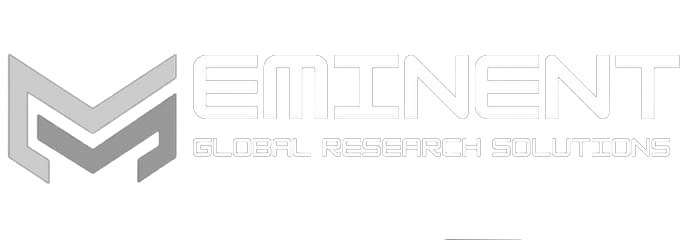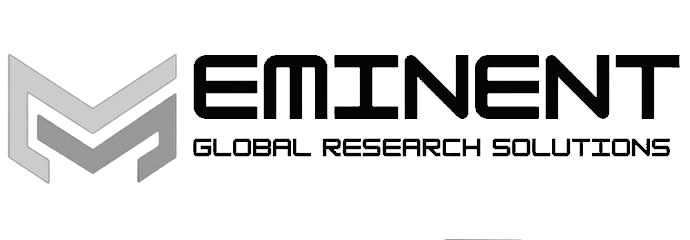Key Policy Developments
Self-Governance and Ethical Considerations
- Enterprises are increasingly adopting self-governance frameworks based on ethical considerations in AI development
- The integration of ethical principles into patent systems has become a crucial focus, particularly in balancing innovation with responsible AI development
Training Data and Copyright Issues
A major policy focus has emerged around the use of copyrighted materials for AI training:
Issue | Policy Development | Jurisdiction |
Data Mining | Machine-understandable disclaimers don’t prevent scientific research data mining | Hamburg Regional Court |
Commercial Use | Proposed legislation for text and data mining exceptions | UK Labour Government |
Training Data Rights | Ongoing debate over copyright infringement in AI model training | Global |
Regional Policy Updates
United States
The USPTO has implemented significant updates to its AI strategy for 2025:
- Strengthened IP policies related to AI innovation
- Enhanced focus on AI-generated content implications
- Expanded infrastructure for handling AI-related IP matters
- Integration of ethical principles into operational systems
Landmark Cases and Legal Precedents
Major Legal Developments
USPTO Guidance
The USPTO has established clear parameters for AI involvement in patents:
- AI cannot be recognized as an inventor
- Human inventors must make substantial contributions
- AI can assist in conception or reduction to practice
- Ethical use of AI in patent practice is mandatory
EPO Guidelines Update
The European Patent Office has introduced new requirements:
Requirement | Description |
Algorithm Disclosure | Detailed disclosure of machine learning algorithms required |
Training Data | Characteristics affecting technical effect must be disclosed |
Technical Information | Sufficient information for replication must be provided |
Regional Policy Differences
Comparative Analysis of Major Patent Offices
Patent Office | Key Policy Features | Unique Requirements |
USPTO | – AI as assistant only | Verification of AI-generated documents |
EPO | – Detailed algorithm disclosure | Technical effect reproduction requirements |
WIPO | – International harmonization focus | Global standardization efforts |
Implementation Challenges and Future Implications
Current Implementation Challenges
Technical Challenges
- Abstract Idea Doctrine Navigation
- International Filing Complexities
- Portfolio Management Requirements
Future Strategic Focus Areas
The USPTO’s 2025 strategy outlines five key areas:
- IP Policy Advancement
- AI Capability Building
- Responsible AI Use Promotion
- AI Expertise Development
- Stakeholder Collaboration
Emerging Challenges Matrix
Challenge Category | Current Impact | Future Implications |
Rights in Input Data | Copyright infringement concerns | Need for clear legislative frameworks |
Rights in Output Data | Ownership ambiguity | Development of new rights frameworks |
Regulatory Scrutiny | Increased oversight | Enhanced compliance requirements |
Future Implications
The evolution of AI patent policy suggests several key trends:
- Increased focus on ethical AI development
- Enhanced scrutiny of AI training data sources
- Development of specialized AI patent examination processes
- Greater international harmonization efforts
These developments indicate a complex but increasingly structured approach to AI patent policy globally, with a clear trend toward balancing innovation with responsible development and ethical considerations.
Crafting Effective Analytical Articles: A Comprehensive Guide
After analyzing various resources on analytical article writing, I’ve compiled essential guidelines to help create impactful and well-structured content. Here are the key points to consider:
- Article Structure
The backbone of a strong analytical article lies in its structure. I found that a well-organized article typically follows this format:
- Introduction (150-200 words)
- Hook the reader
- Provide context
- Present a clear thesis statement
- Body (Multiple paragraphs, 150-200 words each)
- Each paragraph focuses on a single point
- Use evidence to support arguments
- Include transitions between paragraphs
- Conclusion (100-150 words)
- Summarize main points
- Reinforce the thesis
- Leave a lasting impression
- Content Development
When developing the content, keep these best practices in mind:
- Focus on in-depth analysis rather than mere description
- Use a mix of primary and secondary sources
- Address and refute opposing viewpoints
- Maintain relevance to the thesis throughout
- Tone and Style
Maintaining the right tone is crucial for analytical writing:
- Adopt a formal and objective tone
- Use clear, concise language
- Explain technical terms when necessary
- Avoid personal bias, focusing on facts and logic
- Engagement Strategies
To keep readers invested in your analysis:
- Pose thought-provoking questions
- Provide context for evidence
- Use proper transitions between ideas
- Create a cohesive narrative flow
By following these guidelines, you’ll be well-equipped to create compelling analytical articles that offer valuable insights to your readers.
Exemplary Analytical Writing: Learning from the Best
To illustrate effective analytical writing techniques, I’ve analyzed some notable examples. Let’s examine how they apply the guidelines we’ve discussed.
Example 1: Analysis of Orwell’s 1984
This example demonstrates a strong introduction for an analytical article:
“In George Orwell’s dystopian novel “1984,” the author paints a bleak picture of a totalitarian society where the government exerts complete control over its citizens’ lives. Through the protagonist Winston Smith, Orwell explores themes of surveillance, manipulation, and the suppression of individuality.”
Key Takeaways:
- Introduces the subject (Orwell’s 1984) and its main themes
- Sets the stage for in-depth analysis
- Presents a clear focus for the article
Example 2: Social Media’s Impact on Communication
This conclusion effectively wraps up an analytical article:
“In conclusion, the analysis of social media’s impact on communication reveals both its capacity to enhance connectivity and its contribution to the erosion of interpersonal communication skills. Through the examination of various studies and expert opinions, this essay has demonstrated how social media platforms facilitate instantaneous sharing of information and ideas, promoting a global exchange of knowledge.”
Key Takeaways:
- Summarizes the main points of the analysis
- Balances positive and negative aspects of the topic
- Suggests areas for future research, adding depth to the conclusion
Example 3: Analysis of Ready-2-Wear Professional Services
This example showcases effective critical analysis:
“The argument claims that by reducing the benefits and incentives included in the package, which Ready-2-wear offers to professional staff, the company will be able to save money and utilise it in other avenues such as research and development. This statement presents inconclusive information, offering dubious support and from this draws unreasonably far-reaching conclusions.”
Key Takeaways:
- Clearly states the argument being analyzed
- Immediately identifies weaknesses in the reasoning
- Sets up a framework for further detailed analysis
By studying these examples, we can see how effective analytical writing combines clear structure, critical thinking, and engaging language to present a compelling argument and in-depth analysis.




